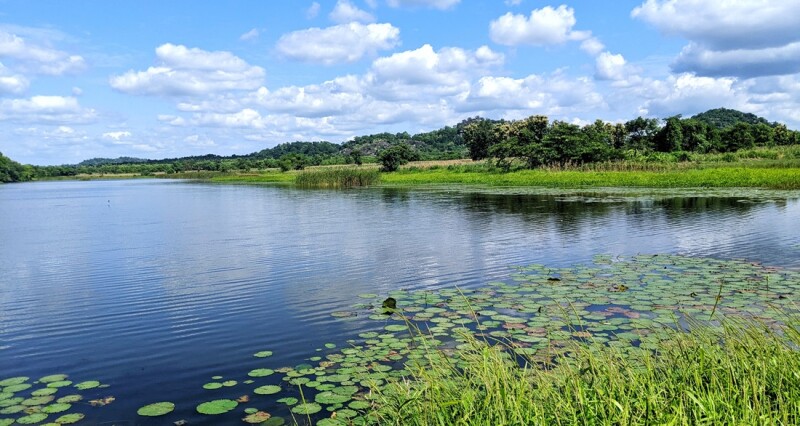This paper reviews decommissioning and abandonment in Nigeria, looks at candidate identification strategies, breaks down the methods and best practices involved, and examines the requirements for openhole and cased-hole abandonment.

All oil and gas assets—including wells, flowlines, production facilities, and all surface structures installed as part of the network of facilities required for the safe exploration, development and production of hydrocarbons—are required by law to be properly decommissioned at the end of their useful life and the environment restored to its original form.
Of particular significance are the considerations given to oil and gas well decommissioning and abandonment (D&A) because of their extensive subsurface footprint. Achieving acceptable D&A requires significant planning during the early stages of a project and involves projections and decisions being made around funding, timing, and the extent of the decommissioning that needs to be done, including proper zonal abandonment of respective reservoirs, retrieval of well construction hardware, and subsurface plugging of the well to ensure hydrocarbon never finds its way to the surface after abandonment.
The requirement and extent of oil and gas asset D&A is a statutory requirement governed by the legislature in countries of operation and governed by international best practices. These best practices ensure environmental sustainability. Provisions for D&A must be made in each operator’s financial statements to recognize the liability for D&A. This is mandated by international financial reporting standards.
The D&A process is fraught with technical and nontechnical challenges, which require significant upfront identification and robust risk identification and mitigation.
This paper reviews D&A in Nigeria, looks at candidate identification strategies, breaks down the methods and best practices involved in D&A operations for wells, and examines the requirements for openhole and cased-hole abandonment as well as the logging and testing requirements that guide decision-making.
The risks involved in D&A projects are analyzed with insights into how they tie back to the mitigations put in place to ensure successful decommissioning and restoration and how these all connect back to nature with a view to sustaining global best practices for returning our environment to its clean and green state.